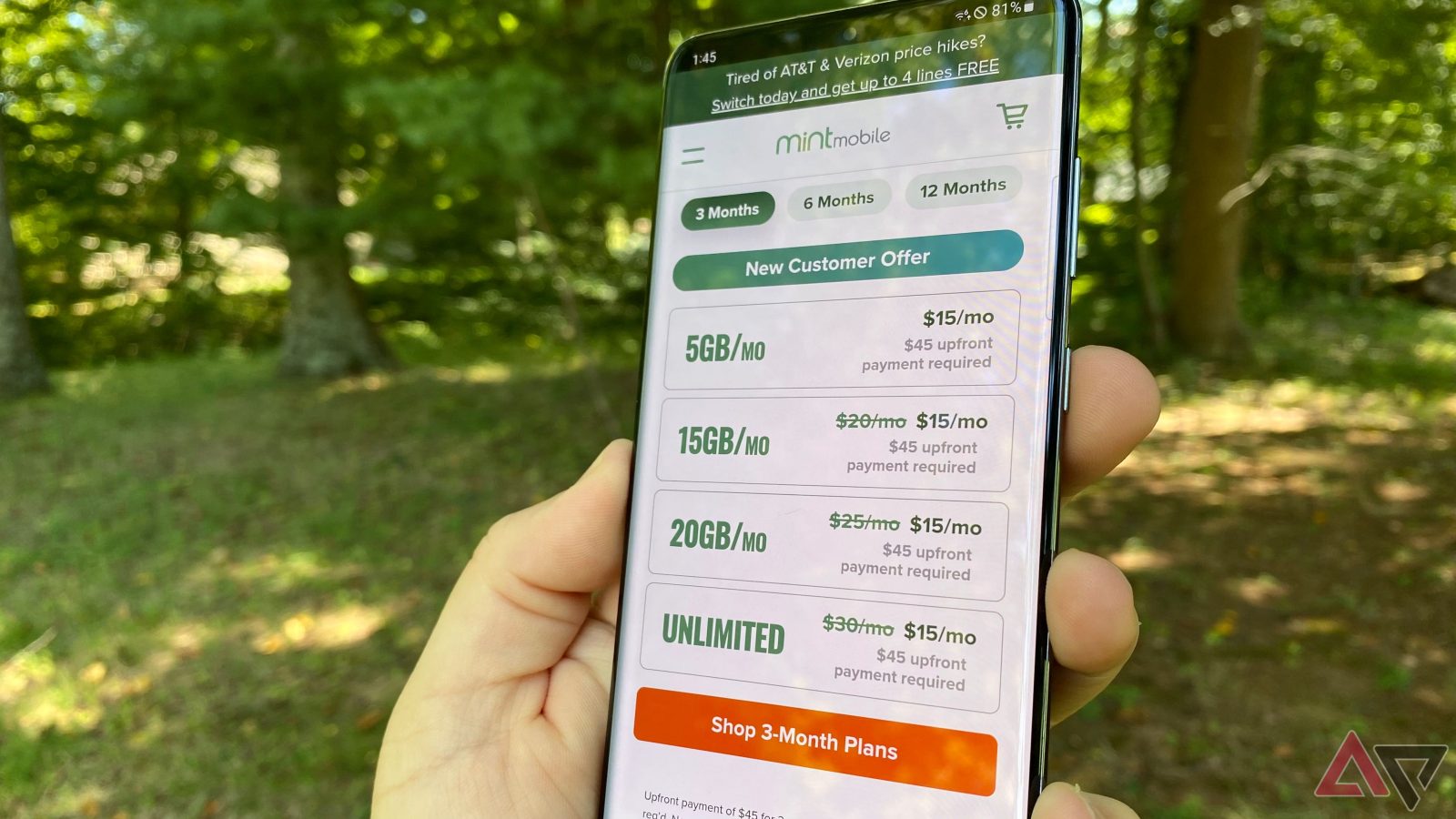
Contents
A prepaid carrier like Visible or Mint Mobile offers an alternative to big carriers like AT&T, Verizon, and T-Mobile. The biggest difference is that these Mobile Virtual Network Operators (MVNOs) exclusively offer prepaid plans, but many more factors set MVNOs apart from bigger carriers. Even if you already have a prepaid phone plan, MVNOs can offer excellent deals on hardware you can’t find anywhere else.
While big carriers like Verizon also offer prepaid phone plans, these plans still differ in numerous ways from those offered by prepaid carriers. There’s always a phone plan that works best for you, but we’ll walk you through the times it makes sense to use a prepaid carrier like Mint or Visible.
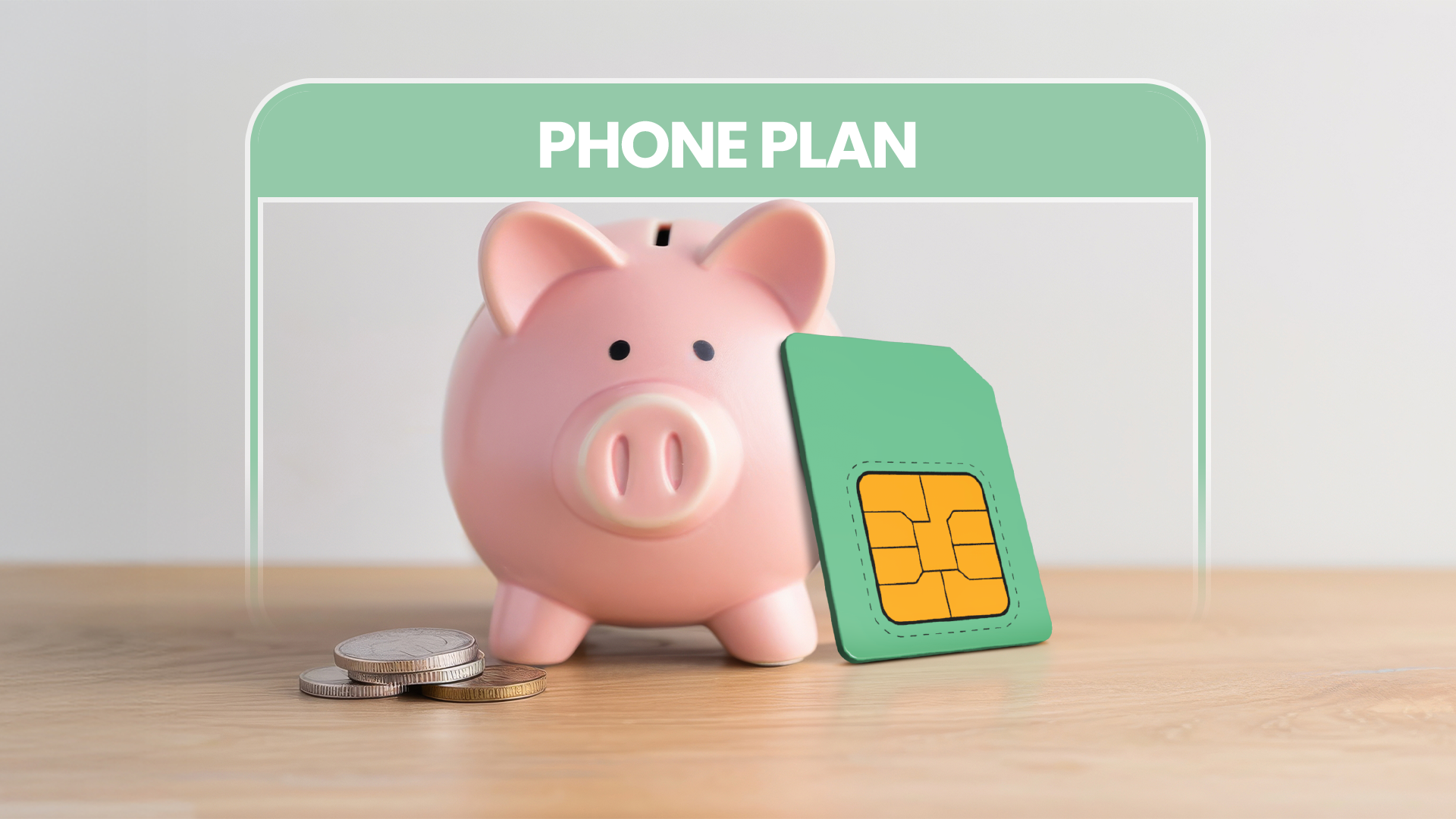
Related
5 When you want the best up-front savings for your phone plan
Choose a prepaid carrier for simple savings
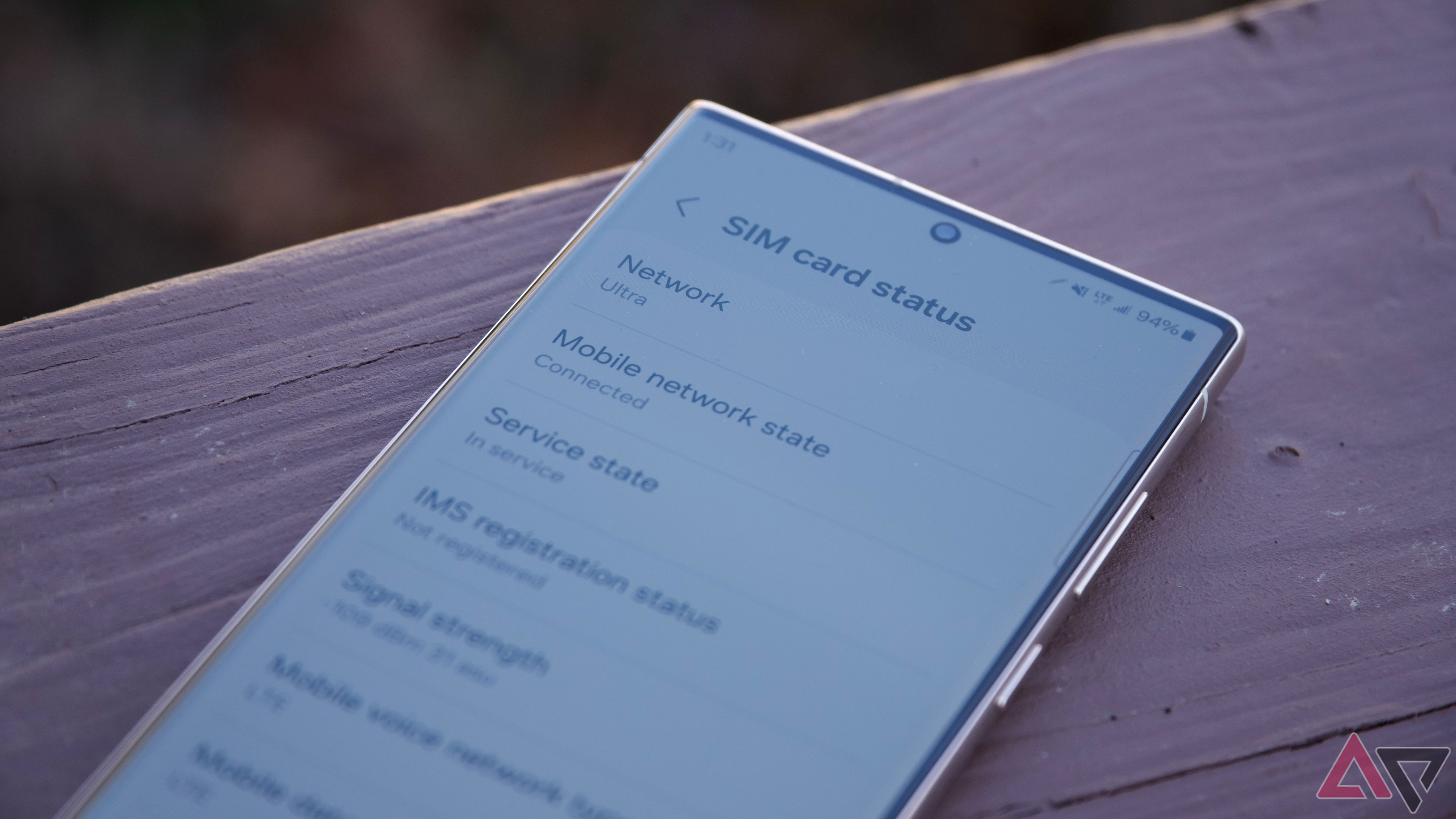
A common myth is that you will always find a cheaper phone plan through a prepaid carrier than a postpaid one. Often, big carriers will offer bundled subscriptions alongside a phone plan that can save you lots of money. For example, Verizon offers five streaming services for $20/month alongside its Unlimited Plans.
However, prepaid carriers offer the best upfront savings. If you don’t need bundled subscriptions, you will usually find that the starting price for a prepaid carrier’s cheapest plan is less than a postpaid’s cheapest plan. For example, Verizon’s cheapest Unlimited data plan is $30/month, while Visible’s is $25/month. Both these plans offer unlimited data, but little else.
The same story is true across all prepaid carriers. Even the prepaid plans from big carriers like Verizon are more expensive. Verizon’s cheapest prepaid plan is $35/month and has a 15GB data limit. This is because prepaid carriers don’t have operational expenses from maintaining mobile infrastructure. So if you want savings with no complications, choose a prepaid carrier.
4 When you never want to miss a good deal
You can avoid missing out on future deals
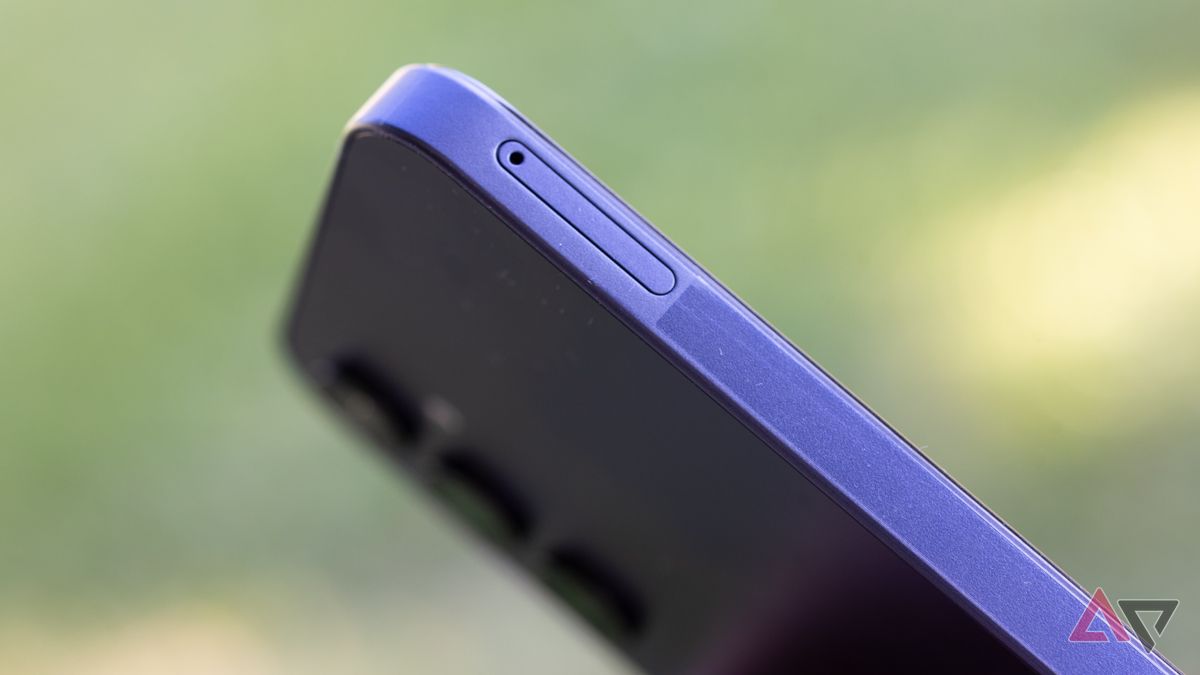
All carriers offer a variety of deals on new phones and mobile hardware. For example, Verizon offered a free Google Pixel 9a when the phone launched. The catch was that you had to commit to a 36-month contract. If you chose the cheapest $30/month plan, the total would be $1080, or $360/year. If you spotted a new deal before that period ended, you couldn’t duck out early.
Mint Mobile, on the other hand, offered the Google Pixel 9a with a $100 discount as long as you signed up for a year of its Unlimited Plan for a total of $579. Two years later, (assuming you stuck with the $15/month Unlimited Plan), you would have spent a total of $939, $150 less than Verizon’s deal. The Mint Mobile deal also lets you switch to any carrier a year later, potentially saving you even more money.
Carriers, both prepaid and postpaid, regularly offer new SIM-only deals. If you pick up a phone with a discount through a prepaid carrier, then keep an eye on the deals, you can save hundreds of dollars compared to a postpaid plan. Don’t get fooled by a carrier offering a “free” phone, as it almost always works out as more expensive in the long run.
3 When you want to hold onto your phone for as long as possible
Make the most of your flagship
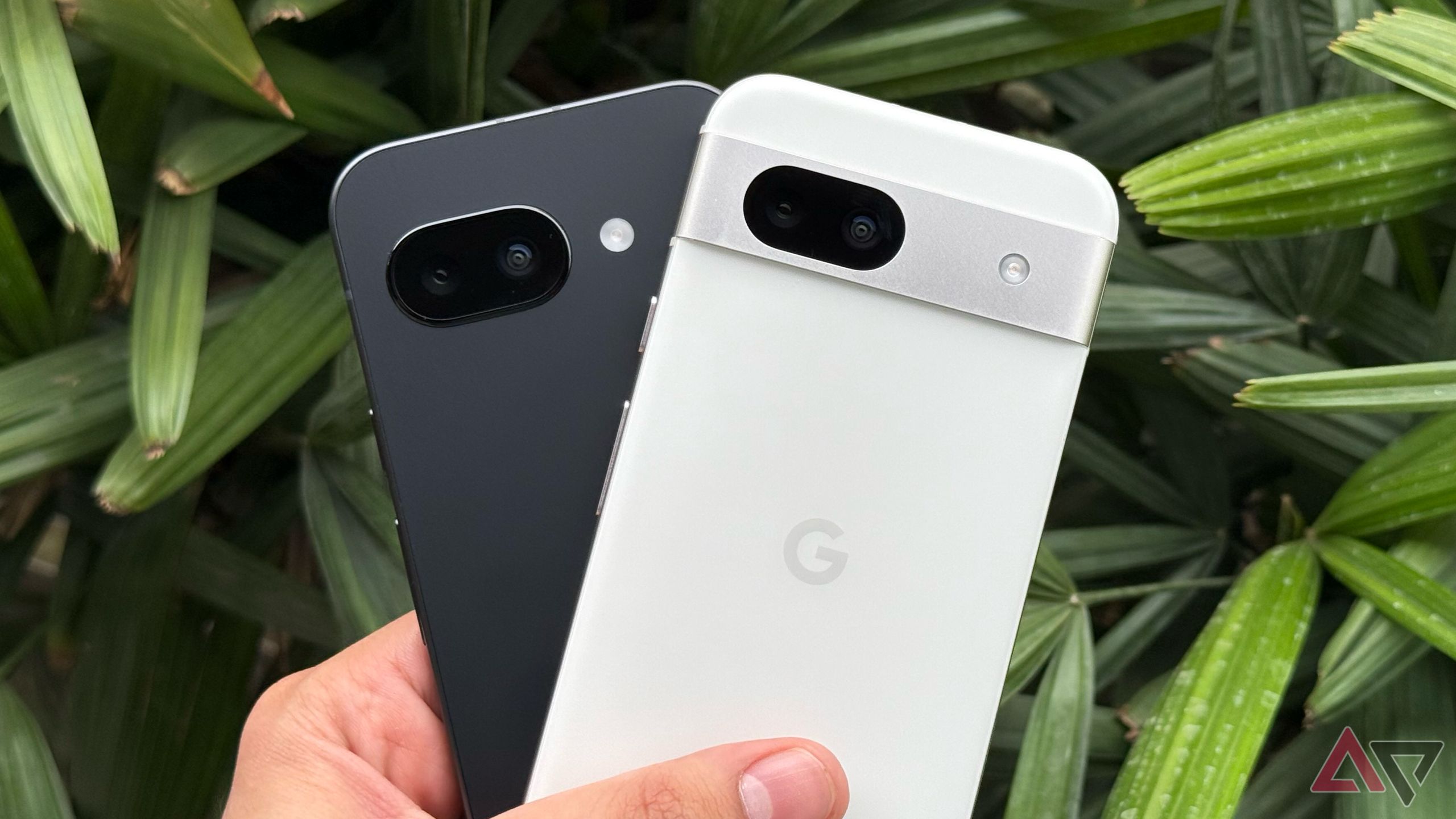
Google offers seven years of software support on every phone since the Pixel 8. The Galaxy S24 and later devices also come with seven years of updates. It makes less sense than ever to upgrade your phone every year, but there’s no reason not to keep switching carriers.
Taking advantage of a Bring Your Own Phone (BYOP) deal offered by prepaid carriers is the most straightforward way to switch to a new plan. You simply check that your phone is compatible with their network by entering its IMEI number and model, then the carrier will ship you a new SIM card or send you instructions to download an eSIM.
While some prepaid carriers offer deals for annual plans, they can also offer deals for signing up. For example, Visible offers a 15-day free trial of its network. It’s also easy to switch to a cheaper plan if you find you aren’t using as much data as you thought you would, or the opposite. For example, you could start with a cheaper plan with a low data limit, then upgrade to an unlimited data plan for a month or two when you travel.
2 When you want to avoid credit checks
Get a new phone plan in minutes
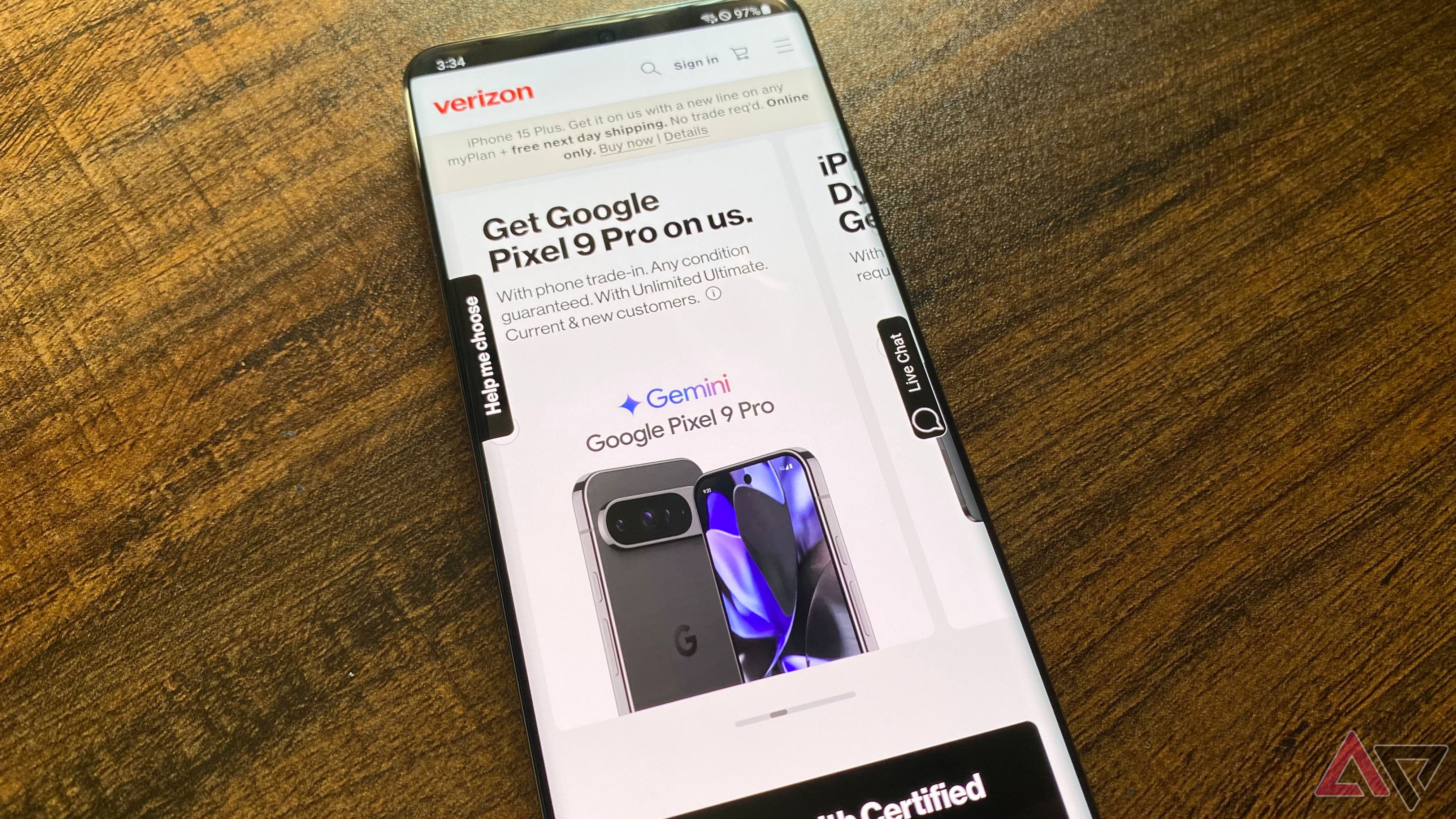
When I moved country, I was able to start using my phone immediately on the local networks before I left the airport. I bought a prepaid eSIM for a month through the airport’s Wi-Fi, so I wasn’t without internet while setting myself up. Since then, I’ve switched carriers three times, but as I’ve stuck with prepaid plans, there’s been no hassle.
While I knew I wanted the flexibility of a prepaid plan when I moved, I didn’t have a choice in the matter either way. As an experiment, I tried twice to purchase a postpaid plan, but I was denied due to my nonexistent credit score in the country.
If you’re moving country or have simply taken a recent hit to your credit score, a prepaid plan is the best option for you. There are no credit checks; all you need is the money up front.
The other advantage of a prepaid plan’s lack of credit checks is that your credit score won’t drop if you forget or miss a payment. Your phone service will simply stop working. While this is inconvenient, it’s far better than the alternative.
1 When you want a simple monthly budget
There are no unexpected fees with prepaid carriers
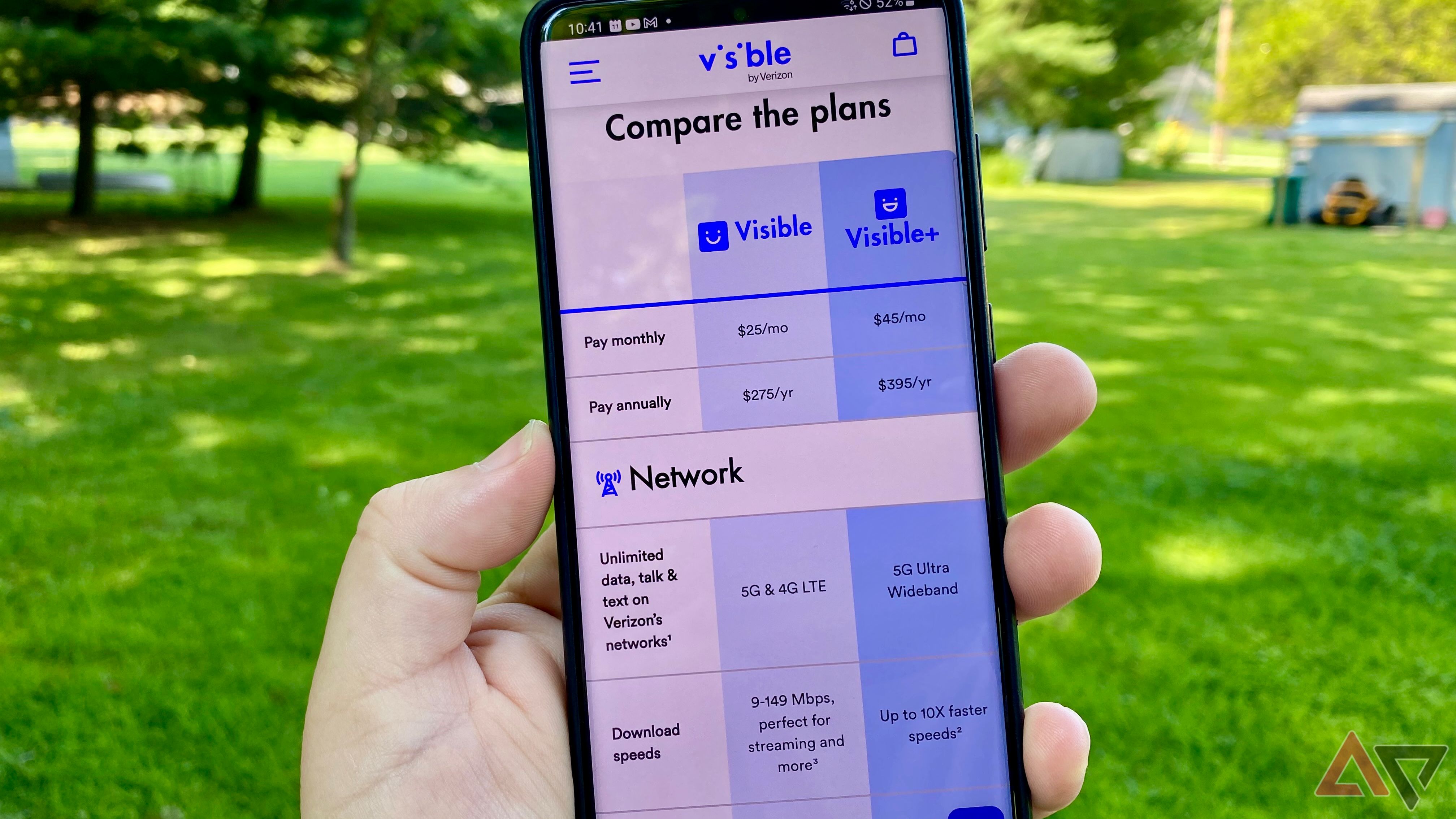
A prepaid plan means you pay for service before you use it. Once you’ve paid, you’ve got what the carrier promised for the length of your plan. It’s simple, easy to budget for, and there are no hidden fees.
Postpaid plans usually charge you high fees if you go over the data limit. While this isn’t a problem for unlimited plans, it’s easy to rack up unexpected charges on plans with data limits. With a prepaid plan, once you hit your data limit, you just won’t be able to use data on your phone anymore.
The flexibility of prepaid plans means you aren’t stuck if you do hit your data limit. They offer data boosts if you need to keep using data. These boosts are expensive, but you choose if you want to pay for them or not. There are no hidden fees or surprise charges if you pay for a phone plan through a prepaid carrier.
Prepaid carriers are a brilliant way to save money, but they’re not always the best
The simplicity and lower upfront prices of plans offered by prepaid carriers are perfect for some people, but they’re not always the best choice. Postpaid carriers can offer incredible value by bundling in subscriptions or home internet, plus they tend to offer more robust security features and more reliable international roaming. The catch is that it’s easy to waste money by spending on features you don’t need.
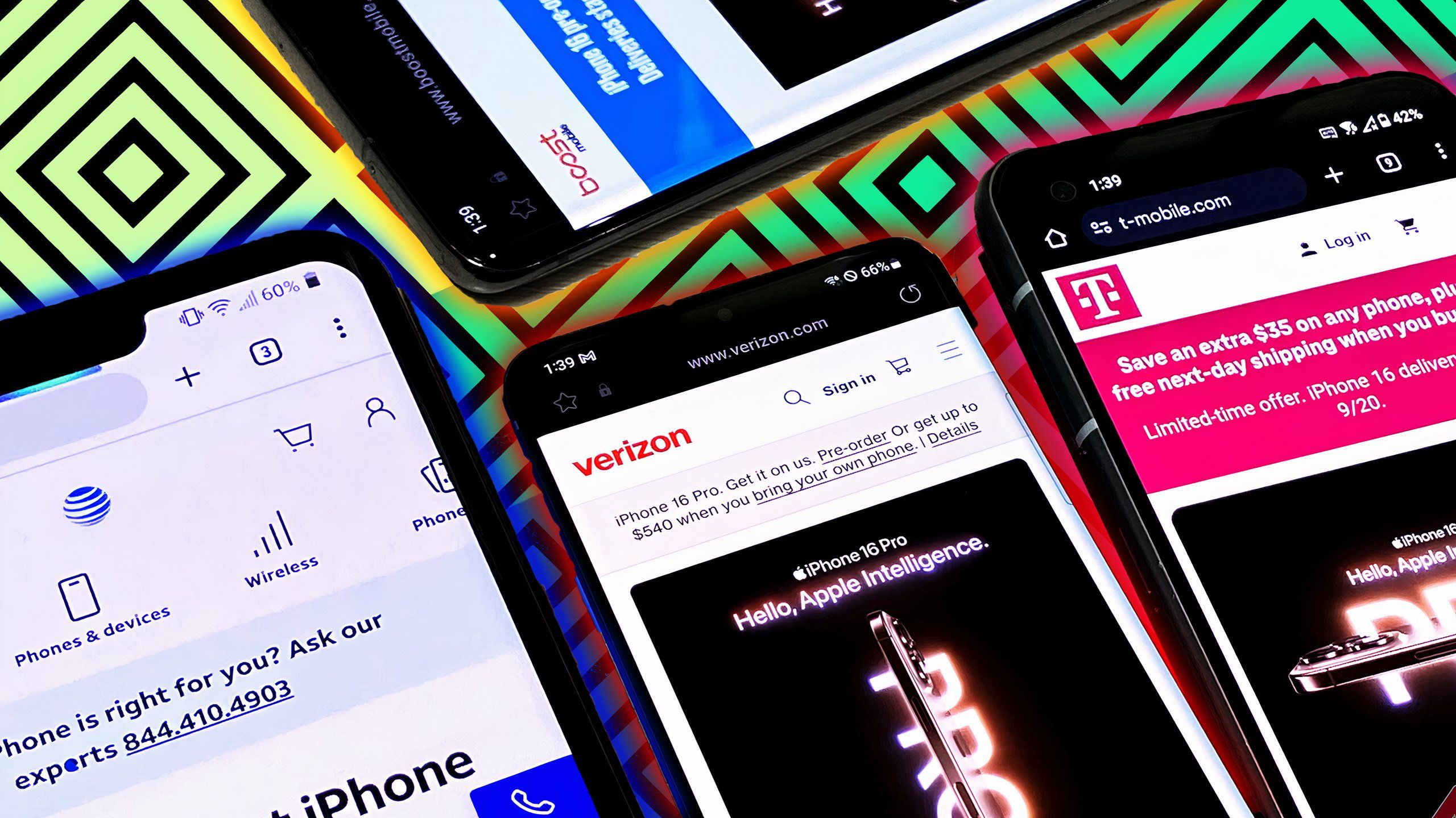
Related
What’s your reaction?
Love0
Sad0
Happy0
Sleepy0
Angry0
Dead0
Wink0

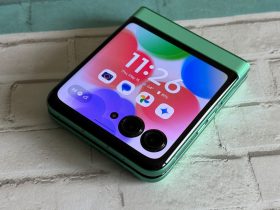


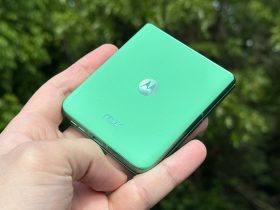

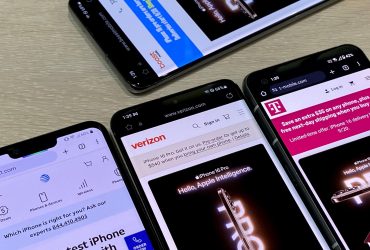

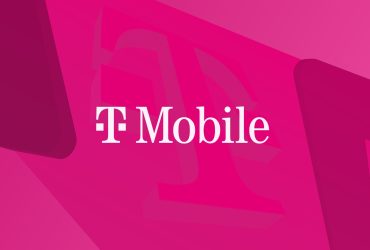
Leave a Reply
View Comments